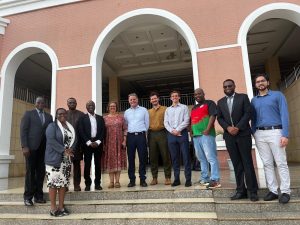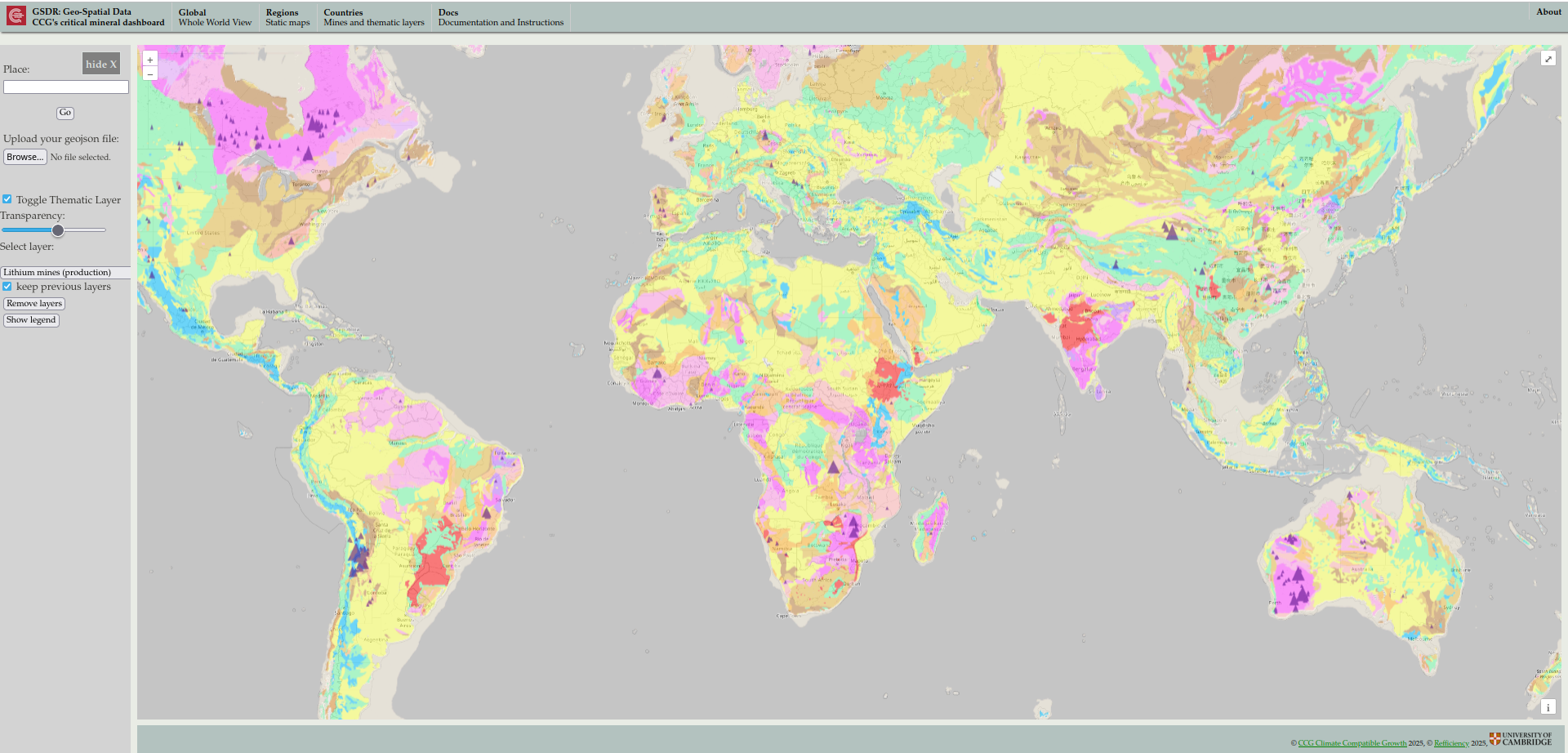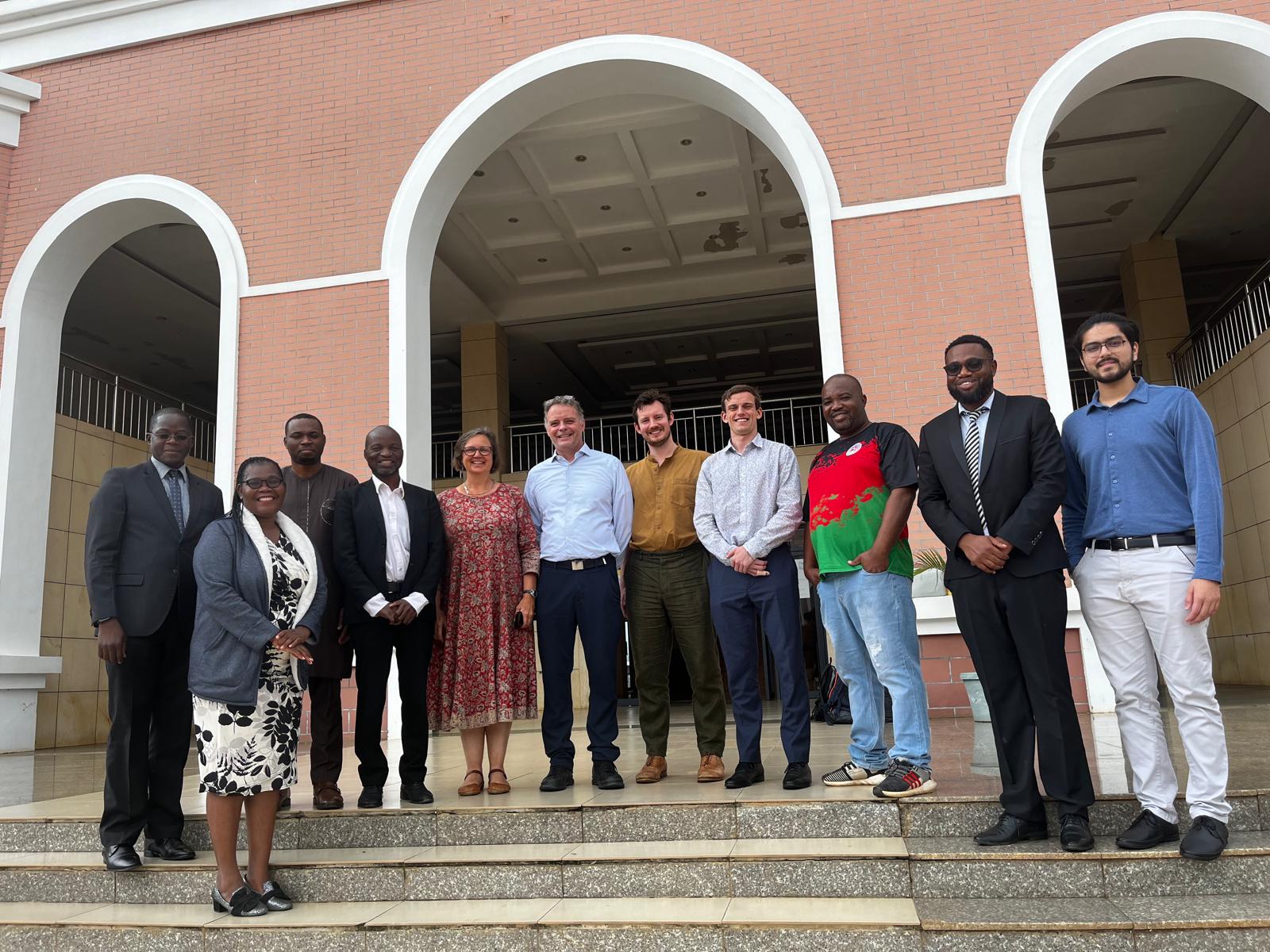Steel in the Circular Economy: Insights from the CircNexSt project
The CircNexSt project ran from May 2021 to May 2023. It aimed to develop demand-side strategies to enhance the steel industry’s circularity by applying the Stock-Flow-Service (SFS) nexus approach. This innovative method enabled the project to quantify the circularity of steel products, from extraction to service provision. A suite of analytical techniques was used, including Material Flow Analysis, Dynamic Stock Modelling, Circularity Assessment, and Structural Decomposition Analysis.
The first objective was to understand how resources, their consumption and accumulation, and the resulting services, can enhance the steel sector’s adaptation to the Circular Economy (CE). The project identified four strategies: material circularity, product material efficiency, service sufficiency, and process resource efficiency. These strategies were assessed quantitatively for their potential carbon savings using the SFS framework. Complementary analysis to additive manufacturing and eco-mechatronics were also considered.
The second objective was to evaluate the feasibility of a specific steel product line to reach a state of circularity. This was achieved by updating Cullen’s Circularity Index that quantified the extent and quality of resource use, and measured it from a lifecycle approach. This index was applied to a UK car-based mobility case study, exposing the need for further social and technological innovations to achieve circularity and address issues of material criticality.
The third objective was to identify the impact of steel under different CE scenarios. The project used a Structural Decomposition Analysis on an exergy input-output model of energy and materials in the transport services value chain. This helped understand trends in resource consumption from 1960-2015 and identify key factors contributing to CO2 emissions. Two scenarios based on CE strategies were modelled to identify the effect on these driving forces. It was found that these strategies could potentially reduce CO2 emissions by 20%.
The project’s deliverables hold some potential for application across various sectors. The conceptual frameworks such as the SFS nexus and the lifecycle perspective can be used as robust tools for analysing and enhancing the efficiency and circularity of various industrial processes. Additionally, the strategies proposed for achieving a low carbon economy in manufacturing companies could potentially shape industrial practices and influence policy decisions. The methodologies and indicators developed during these case studies hold also potential for exploitation by policy makers, corporations, and researchers to assess the resource efficiency and circularity of other products and services, and in other geographical contexts. The Circularity Index serves as a practical tool for performance assessment of a low carbon and circular economy. It can be used in the formulation of public policies and corporate strategies that promote sustainable solutions. The SFS nexus can also be used as a framework to assess the efficiency of resource use and the sustainability of service provision in other sectors and regions.
The findings were disseminated through various channels, including scientific conferences worldwide, student seminars at several universities, and workshops with industry partners. These platforms provided opportunities for sharing best practices, exchanging ideas, identifying partnership opportunities, and inspiring younger audiences to consider the implications of the project’s findings.
This work has the potential to optimise resource use, reduce waste, and broaden the audience of the project’s outcomes, maximising their impact. It represents a significant advancement in resource management strategies, with the potential to influence not only the steel sector but also other resource-intensive industries.
Photo credit: Christophe Dion













